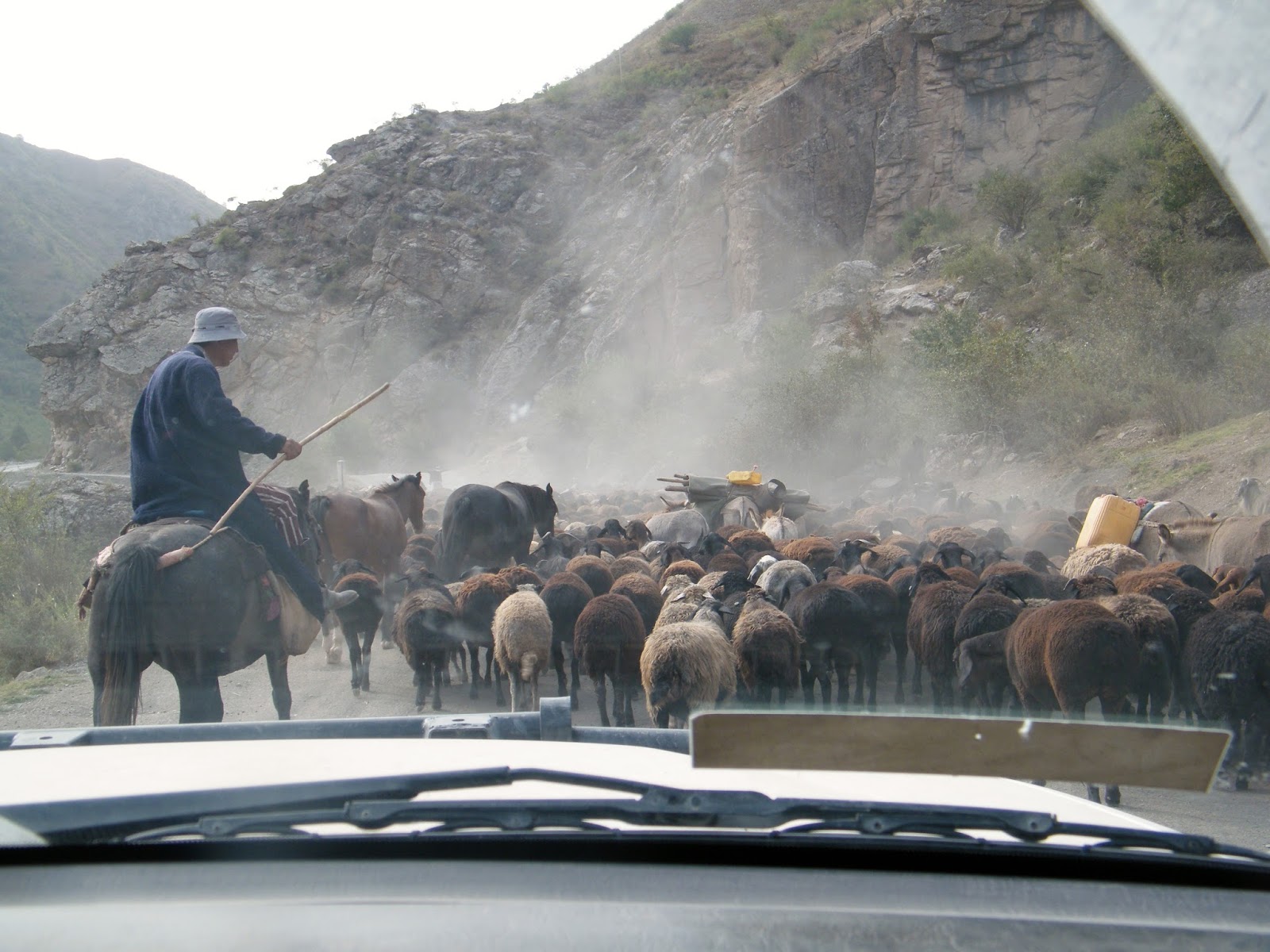This will be my last entry into this blog, on the 25th October I head to Thailand, Myanmar and surrounding south east Asian countries. I plan to visit as many as possible before returning to the UK in January.
The sad news is that the VSO will be closing its programmes down in Tajikistan, Cameroon, Laos and Indonesia, this news is a blow to the people who will loose their jobs, but this decision affects a great deal more than VSO employees and volunteers, here is the summary of what the VSO had to say in a letter to all staff and volunteers and I quote
‘Tajikistan is moving towards middle-income status (even though large populations of poor people remain); institutional donor interest is low (even though VSO Tajikistan has made some fundraising progress recently); and, the operating environment can provide occasional challenges. We therefore concluded that the potential of VSO to develop a programme in Tajikistan that could deliver impact at scale was low’.
Having got to know a few Tajiks quite well, I asked their opinion on this statement and they were unanimous in that they have not seen any movement towards middle income, and they are paid directly by the government not the private sector, unless you factor in corruption money of course, but that's something that wont be discussed. It also states in the report that VSO received a tough evaluation earlier this year in the independent progress review commissioned by DFID and that we need to improve the quality, results and impact of our work, I think Tajikistan has been a difficult country for the VSO and change is slow here, success has been limited, DFID were one of VSO’s biggest donors and there have been cutbacks everywhere so maybe its no big surprise.
This whole experience for me has been amazing but maybe not in the way I thought it would , There has been neglectful management in my placement, a lack of interest from VSO Tajikistan and the Institute where I have been based, being new to international development meant that I didn’t necessarily understand the full placement brief or lack of it, I assumed that a developing country would be pleased to have an International giving advice on a subject they clearly don’t have a great understanding of, but that wasn’t the case I am sad to say, there was a general feeling of apathy a lot of the time, other volunteers have said to me that it was an unrealistic placement altogether. It could be that it was a cultural difference or just that I was unlucky with my particular placement, It has questioned my belief in ‘aid’ in general and weather sometimes organisations actually slow down the development process.
So what of Tajikistan and the future, Its a country of outstanding beauty that's for sure, but the ugly vain of corruption runs very deep under the skin of society, leaving a strained expression on most of the faces here, its a fragile situation run by an out of touch despot president and his regime, ruling a culture who would rather have a dollar today than 10 tomorrow. That attitude could be a result of being told what to do and when to do it in the communist days. With anti-Muslim protests in Russia over jobs to migrant workers things could go very wrong indeed if Putin decides to send the Tajiks home. Add to that the Nato coalition moving out of Afghanistan next year, Tajikistan could be very vulnerable.
I hope this reality has a peaceful ending.
My fellow volunteers and friends in Tajikistan have been a huge support to me through the whole process and I thank them, its been a pleasure to get to know my colleagues at the Institute and experience a truly different world, to finish things off with a smile I have put a short video together of some of my favourite moments here in Tajikistan I hope you enjoy it.
Thanks for reading, Simon


















































